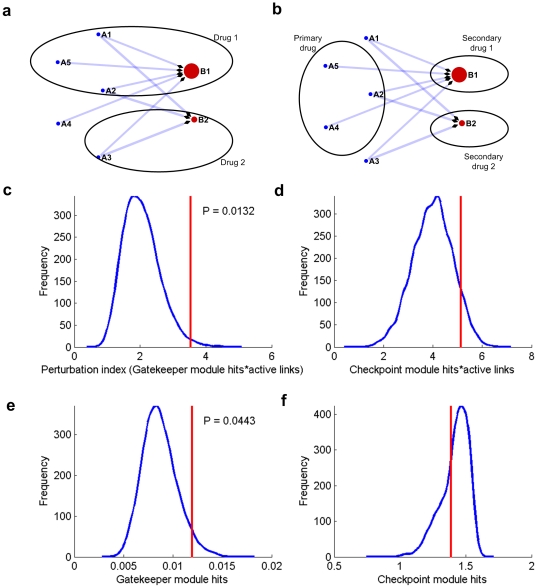Figure 4. Principle and validation of perturbation index (PI).
a. Perturbation index for single compound perturbation. According to our definition of perturbation index (PI, see Methods ), PI (drug 1) = 3 (Three active links from A1, A2, A5 to B1), while PI (drug 2) = 1 (one active link from A3 to B1). b. The rationale of drug POA analysis applied to in silico drug combination assessment. If we assume one drug already has an established action (primary drug at left), then for each candidate auxiliary drug (shown at right), the perturbation index is re-calculated after adding the additional module hits provided by the secondary drug (see Methods ). Here drug 1 is “better” than drug 2 because drug 1 has more active links (3 links from A5, A2 and A4) with the primary drug. c. Perturbation index can be used to discriminate successful drugs against candidate compounds. We use a bootstrap-based method to evaluate if the average PI of successful drugs against lung cancer (NSCLC) is significantly different from the candidate compounds (see Methods ). Blue line shows background distribution and the red line shows the average PI of successful drugs. We also considered modified PI definitions and investigated their effect/contribution on the performance of PI. These modifications include: d. bootstrap result from pseudo PI definition by using checkpoint modules information to replace gatekeeper modules information, e. bootstrap result from pseudo PI definition by only using gatekeeper modules hits, and f. bootstrap result from pseudo PI definition by only using checkpoint modules hits.

